The terrain rules are an aspect of Beyond the Gates of Antares that many enjoy immensely, and careful, considered use of terrain is key to success in an Antares game. Because of the importance of terrain use, there are extended rules for obstacles and area terrain and their impact on line of sight (LoS), movement and defensive bonuses – all of which encourages the use and placing of different types of terrain. We’ve seen some great tables as the rules encourage the placing and building of terrain.
The rules are flexible, too. Experienced players are happy to develop their own, customised terrain types with particular bonuses – and The Chryseis Shard extended these with additional environments and terrain event triggers. But all of this flexibility comes at a price: some of the detail in the rules can be awkward to explain to newcomers to Antares and are often skipped over.
The following, therefore, are some quick terrain rules that work and which we’ve found are intuitive for newcomers to pick up so ideal for demo/participation games. You may even wish to use them in your own games – I certainly do! Where page numbers are given, they refer to the Beyond the Gates of Antares rulebook.
Present Terrain Summary
The Antares rules recommend limiting terrain pieces to 8” (see p.50), whether in length or across, with items smaller than this being considered half-size. Larger areas of terrain are possible by placing two such terrain pieces together, though each are considered to be a separatee item of terrain.
Unless they block LoS completely, such as a hill or mesa, area terrain pieces are categorised by their effect on LoS: open, which has no effect on LoS; light, one piece of which can be shot through but at a -2 Acc penalty; and dense, which cannot be shot through (pp.25-26). Units that occupy an item of terrain can see through it without penalty but can also be seen: occupied terrain is ignored. Movement through area terrain depends whether or not it is open, impassable or difficult: if difficult, an Ag test is required, sometimes with an additional penalty, but special results apply on special successes (a 1 on the die) or mishaps (a 10 on the die). Movement for large models is also more difficult through area terrain, requiring an Ag test.
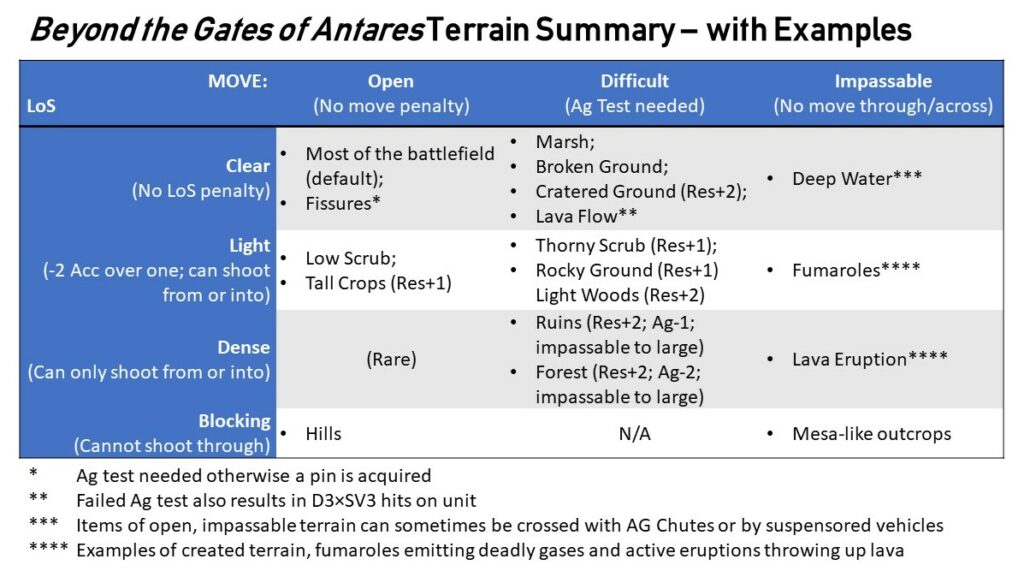
It all makes for a sort of 4×3 grid, as follows – and here we’ve referred to open LoS as clear, to differentiate the two:
Obstacles are up to 2” wide and more than 2” long (p.56) and are generally classed a light terrain in regard to LoS. Crossing obstacles is straightforward for most on an Advance, but penalises those moving over with a Run order unless they start in a defended position – within 1” of the obstacle. Standard-sized units in a defended position of the obstacle gain a cover bonus to their Res depending on the type of obstacle and are classed as occupying the obstacle, so no Acc penalty is applied for shooting at them or by them. Obstacles have greater movement effects on crawlers, heavy weapons and archaic contraptions.
That’s it in a nutshell. On top of this are special or fun rules for specific terrain pieces such as jungle being impassable to large models or lava flows causing damage if an individual fails an Ag test and falls in!
So Where Next?
Having run a fair number of introductory games I noticed a habit of simplifying terrain for newcomers. To make such games run more smoothly, I replaced all the various Ag tests with a single, pass-or-fail test and the only time special rules were used were when we all thought it might be fun to do so, such as when crossing a lava flow. We also found that it helps to pull the LoS variations into one group of straightforward rules and make large objects more obviously large.
As an interesting observation, the ‘occupying’ rules were also found to be too much of an abstraction for rapid learning, so we looked for a way to deal with those more easily. However, the ‘defended position’ rules were largely understood and seen as sensible – except when shooting at the defenders(!) – so are largely left alone.
Veteran players also asked for something similar for shows and pick-up games but along with that feedback came the request that the overall feel and flexibility should not be changed. Change but no change: a tall order!
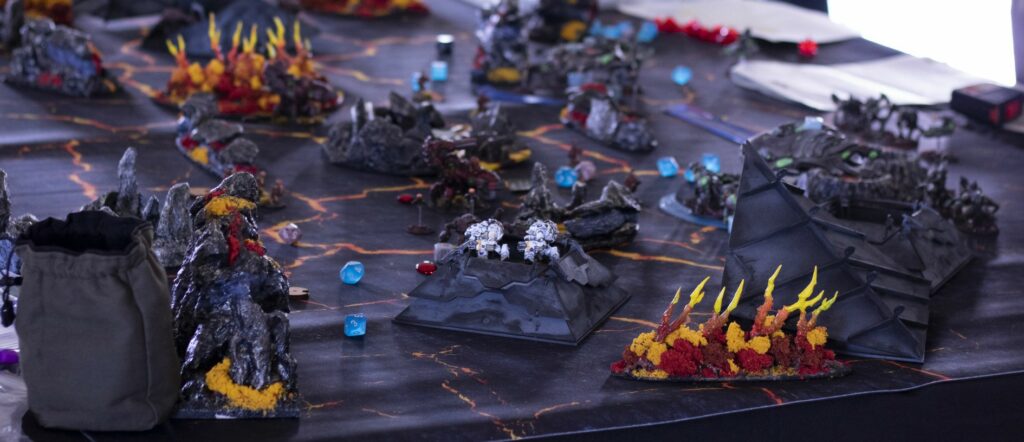
Hence this article. We’ll go over the details but the basic changes are that possible movement effects remain as open, difficult or impassable, but the tests have been simplified. Cover bonuses remain the same: a unit within a forest, for example, would still gain a +2 cover bonus to Res. An approach to LoS that is picked up faster and is more intuitive reduces concealment to just three categories: clear, obscuring and blocking.
The details are in the sections on the page following.
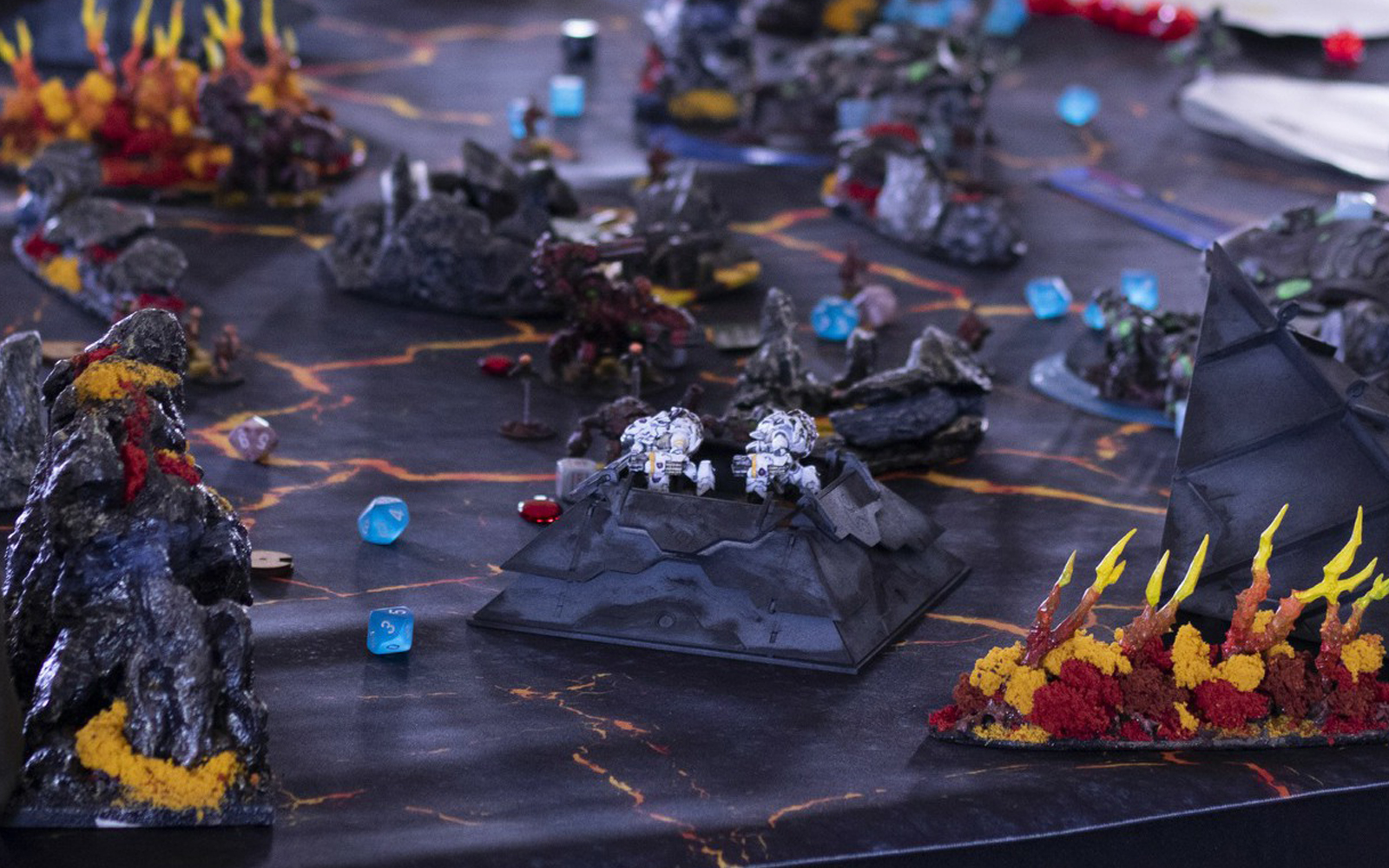
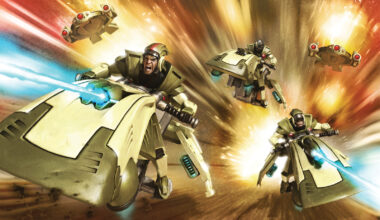
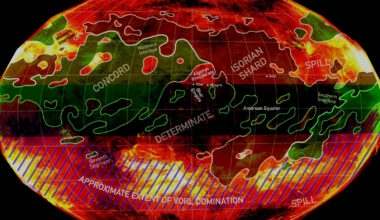
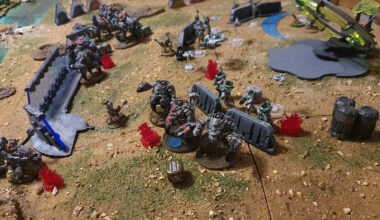
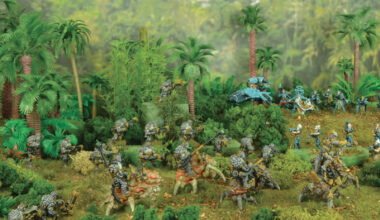
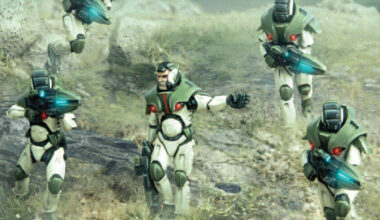
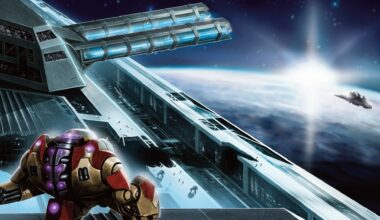
2 comments
Love it, if this is the approach for v2 then…give me two starter boxes!
Fantastic! A great approach and very excited to try them out on the table.
Comments are closed.